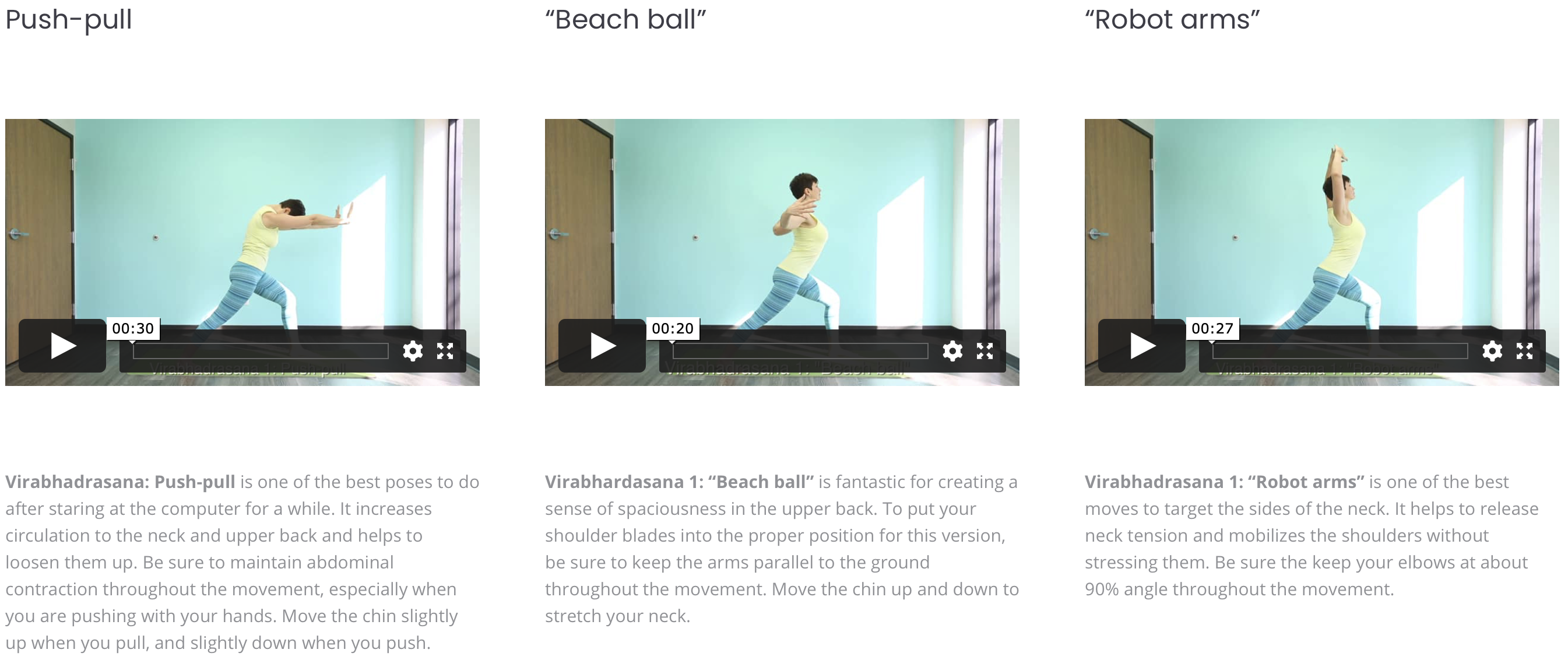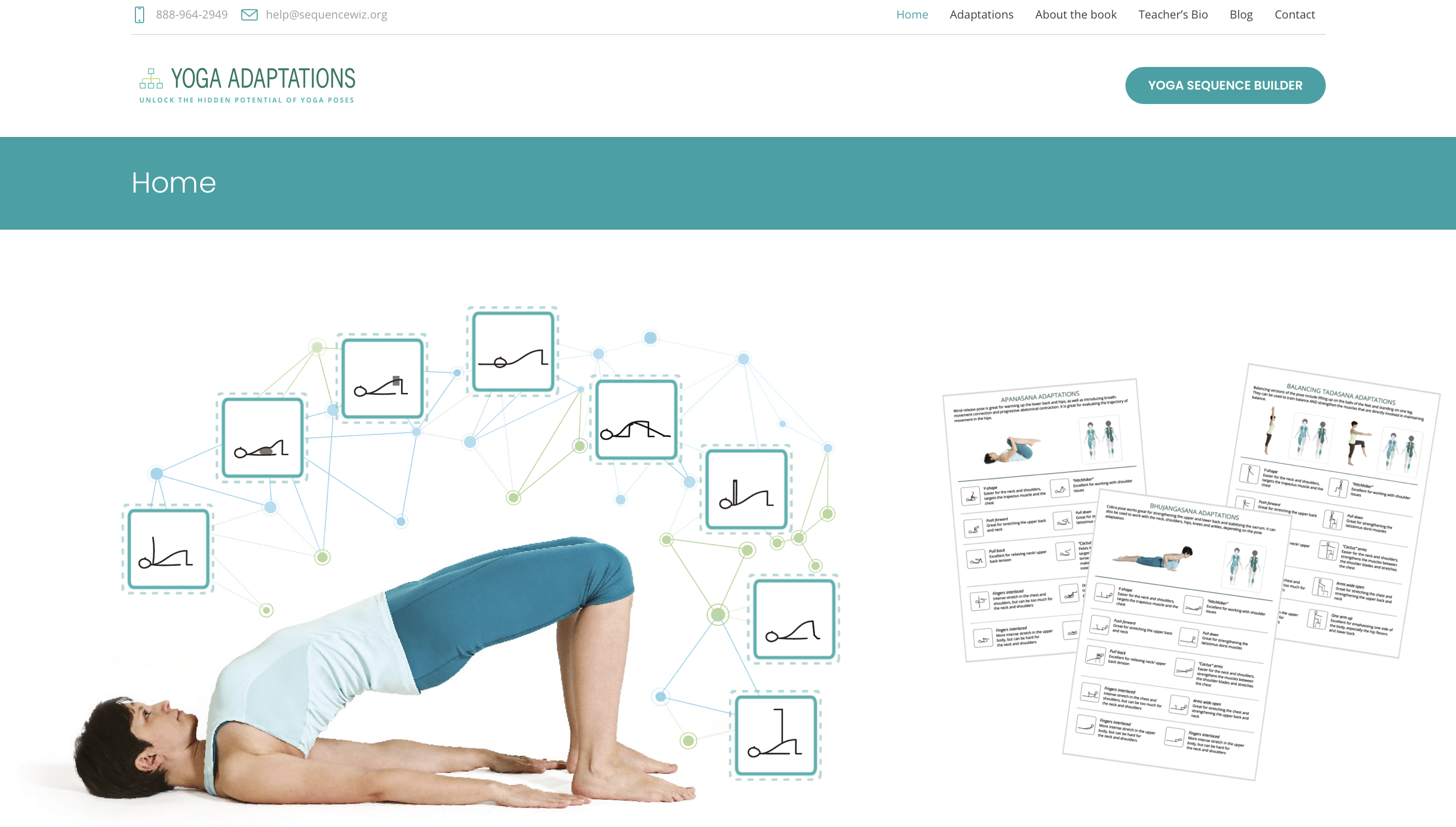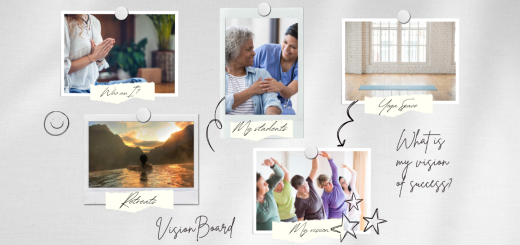New resource to expand your teaching repertoire
0A great big thank you to all of you who completed our Reader Survey! I take your feedback to heart and will use it to guide my publishing choices next year. I am profoundly grateful for the wonderful feedback I got for my offerings – it definitely fuels my passion. I am constantly amazed at how receptive, giving and positive you guys are – it truly moves me!

Congratulations to our raffle winners Marie Brown, Sydney A. and Martha V.! We are happy to offer each one of you a yoga series of your choice. We will be in touch with you directly to go over the details.
Today I am very excited to introduce you to a brand-new free tool that you can use to design effective, interesting and versatile yoga practices. As you know, in my tradition (viniyoga) we often adapt yoga poses for specific purposes. It is useful to adapt the forms of postures for a variety of reasons:
- To get a different structural effect. Using specific pose adaptations helps you focus on specific areas of the body.
- To prepare the body for what is coming next. In the course of yoga practice, you usually warm up the body first and then gradually build the intensity of the poses. If you have a certain challenging pose in mind that you would like to work toward, throughout the practice you can choose specific arm/head/leg movements in other poses to prepare the body for the goal posture.
- To make a pose more or less challenging. Sometimes the classical form of a posture can be too strong for a student. Different pose adaptations help create support for the most vulnerable body parts or lighten the load so that students can get the benefit of the pose while minimizing the risk.
- To customize the pose to the student’s needs. Yoga students come in all shapes, sizes, ages, and physical abilities. One size of yoga pose does not fit all, and sometimes you may need to try several versions of the pose to get the effect you are after.
- To keep students’ attention. If you do the same poses the same way every time, experienced students are likely to go on autopilot. By changing the form of poses, you make the practice interesting and unexpected, and students will be much more likely to pay attention.
- To manifest an idea. You can use arm movements as ritual gestures to manifest certain ideas.
Each yoga pose can be adapted in many different ways depending on what you are trying to accomplish. I’ve been sharing the videos of those pose adaptations on my Instagram for several years, along with quick descriptions of what each adaptation is meant to do. Scrolling through all that content has become cumbersome, so we finally organized it in a way that’s easy to access and view.
Welcome to a completely redesigned Yoga Adaptations site!
YogaAdaptations.com brings videos of different adaptations of 30+ yoga poses into one place. You can use it as a resource to spark your inspiration and expand your repertoire of yoga poses. We plan to continue adding adaptations to this site as we go, and even have plans for some yoga practices that demonstrate the diversity of those adaptations – stay tuned! Please check out the site and feel free to refer to it whenever you need a boost of inspiration.

[jetpack_subscription_form]




















